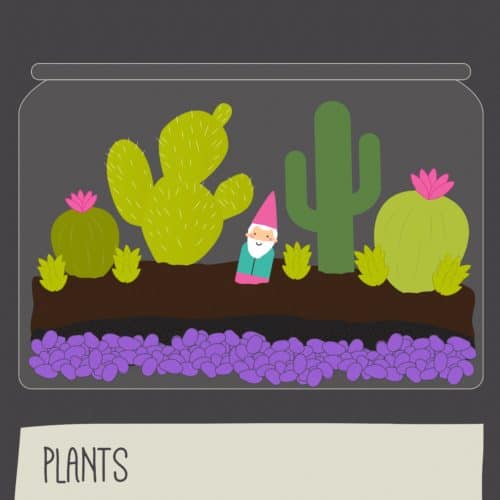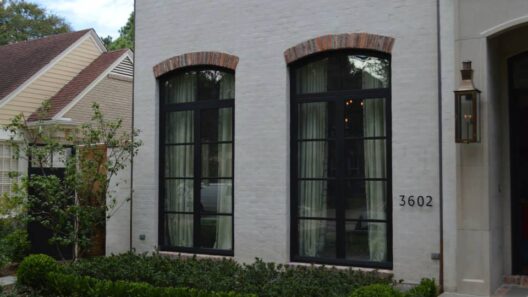Building a treehouse is often seen as a rite of passage for children, sparking imagination and adventure. However, as environmental awareness grows, it’s crucial to consider how we can make these playful retreats eco-friendly. How can we construct a treehouse that fosters enjoyment while minimizing our ecological footprint? This playful inquiry leads us to explore the intricate balance between creativity and environmental stewardship.
First and foremost, selecting a suitable location is paramount. Trees should be healthy, strong, and mature enough to support the weight of the structure. Look for native species that are well-adapted to your area. This consideration not only ensures the tree’s wellness but also supports local ecosystems. Are you aware that certain trees, such as oaks and maples, can provide significant habitat for wildlife? By choosing the right tree, you create a sanctuary for various species while also providing a solid foundation for your green energy project.
Once the location is determined, the decision surrounding construction materials is next. Opt for sustainable, renewable resources rather than conventional lumber sourced from threatened forests. Bamboo, for instance, is a highly renewable material known for its strength and versatility. Reclaimed wood is another excellent option; it not only reduces waste but also adds character and history to your treehouse. Have you ever considered how the materials you choose can influence both the environment and your personal connection to the structure?
Additionally, take into account natural insulation options to maintain a comfortable temperature within the treehouse. Materials like straw bales, sheep wool, or recycled denim can be effective insulators. These eco-friendly choices not only shield occupants from extreme temperatures but also diminish reliance on artificial heating and cooling systems. Imagine a treehouse where the ambience is determined by nature itself, rather than energy-consuming appliances.
Ventilation is crucial as well. Integrating windows and vents will encourage air circulation, creating a breezy environment during hot days. By installing operable windows, you empower the treehouse to breathe and regulate its internal climate naturally. Have you thought about how this principle applies to other buildings, enhancing their sustainability?
Solar energy is a game-changer. Incorporating photovoltaic panels into your treehouse design allows you to harness the sun’s renewable energy. Modern solar panels are compact and designed to blend seamlessly with architectural features, meaning that aesthetics do not have to be sacrificed for sustainability. This inclusion can power lighting, gadgets, and even small appliances, making the treehouse a fully-functional retreat. While drilling holes into the tree may pose challenges, carefully attaching panels to nearby structures or the ground can resolve potential issues. Will your treehouse be a beacon of renewable energy in your neighborhood?
In terms of water conservation, consider rainwater harvesting as a phenomenal addition. Utilizing a simple gutter system to collect rainwater can provide a natural irrigation source for plants surrounding the treehouse or for recreational use during play. This mechanism not only conserves water but also teaches younger generations an essential lesson about resource management. How might a simple act like collecting rainwater instill a sense of responsibility towards nature in children?
Another fascinating aspect to consider is the outdoor space surrounding the treehouse. Creating a garden area that reflects native biodiversity can elevate the entire experience. By planting native species, you contribute to local wildlife habitats, providing nourishment and shelter for insects, birds, and other creatures. This natural landscape not only enhances the visual appeal but also supports ecosystems, creating a thriving microhabitat. Could your treehouse be the epicenter of a flourishing natural community?
For those interested in composting, building a small compost bin nearby can be an educational enhancement. This practice not only reduces waste but also engages visitors in the cycle of life and the importance of organic materials. Children can learn to appreciate decomposition as an essential part of the ecosystem while also benefiting the soil surrounding their beloved treehouse. In what ways could this simple practice forge a deeper connection to nature?
Finally, embracing energy-efficient lighting solutions is a thoughtful consideration. Wind-up lamps or solar-powered lights can illuminate the interior and exterior of the treehouse without burdening the environment. These alternatives allow for magical evenings spent stargazing or hosting nighttime gatherings, creating memories that resonate for a lifetime. Wouldn’t it be wonderful to enjoy these moments without a negative impact on the planet?
Building an eco-friendly treehouse presents both challenges and rewards. The pursuit of sustainability in construction encourages a more profound contemplation of how our actions affect nature and future generations. It becomes more than a simple play structure; it evolves into a reflective sanctuary—an embodiment of responsible living and environmental consciousness. So, the question stands: how might your green treehouse experience transform not only your life but also the lives of those around you?
In conclusion, constructing an eco-friendly treehouse is an achievable endeavor that embodies creativity, environmentalism, and community. By carefully considering site selection, materials, energy sources, and surrounding ecosystems, we can forge playful structures that harmoniously coexist with nature. Next time you embark on a treehouse adventure, remember that each choice contributes to the larger narrative of sustainability and ecological awareness.








